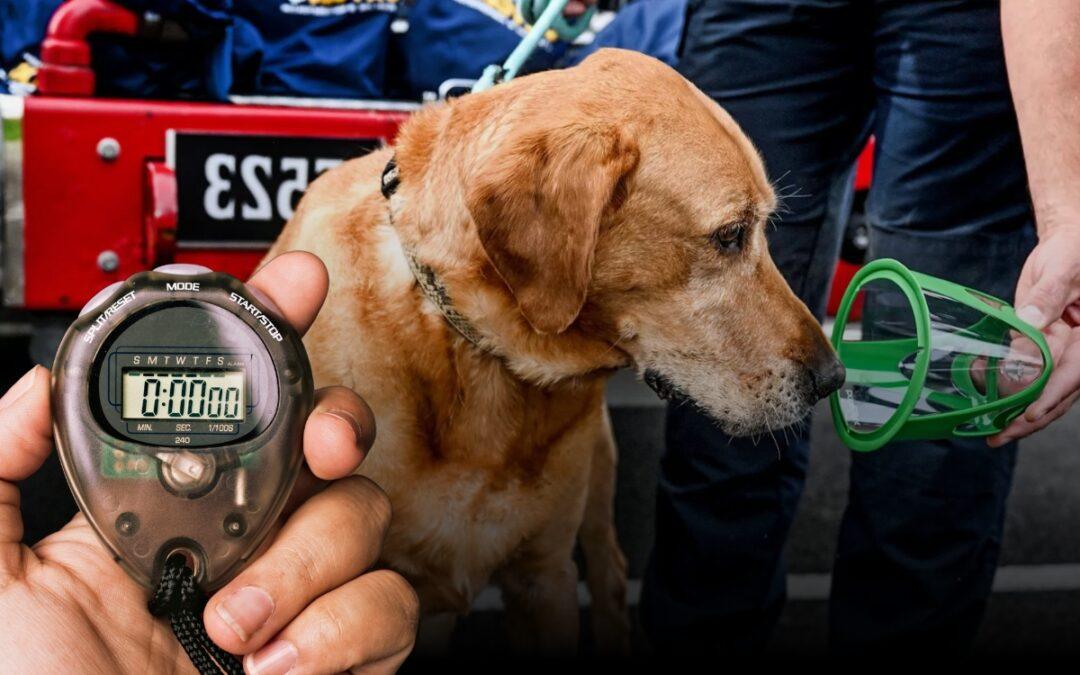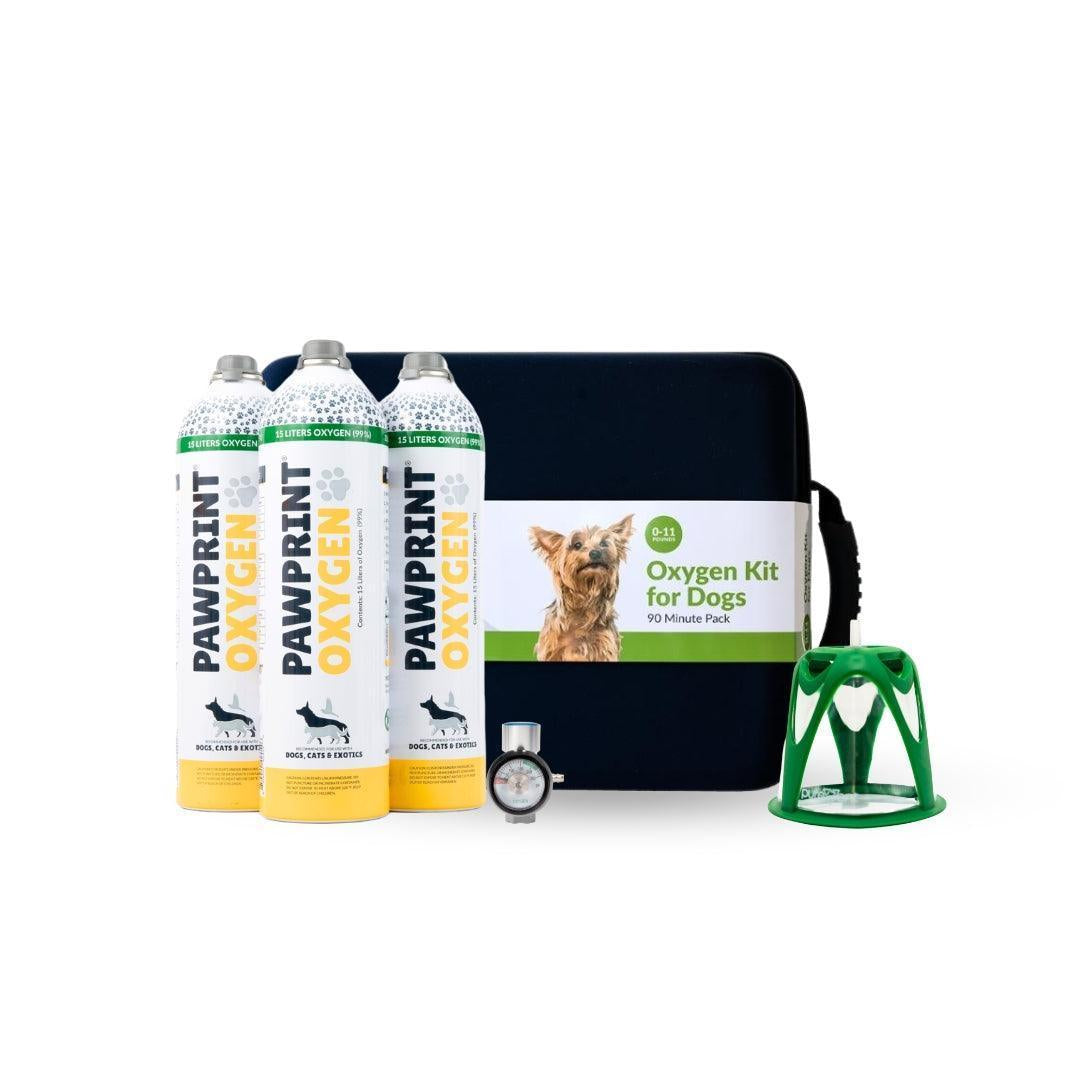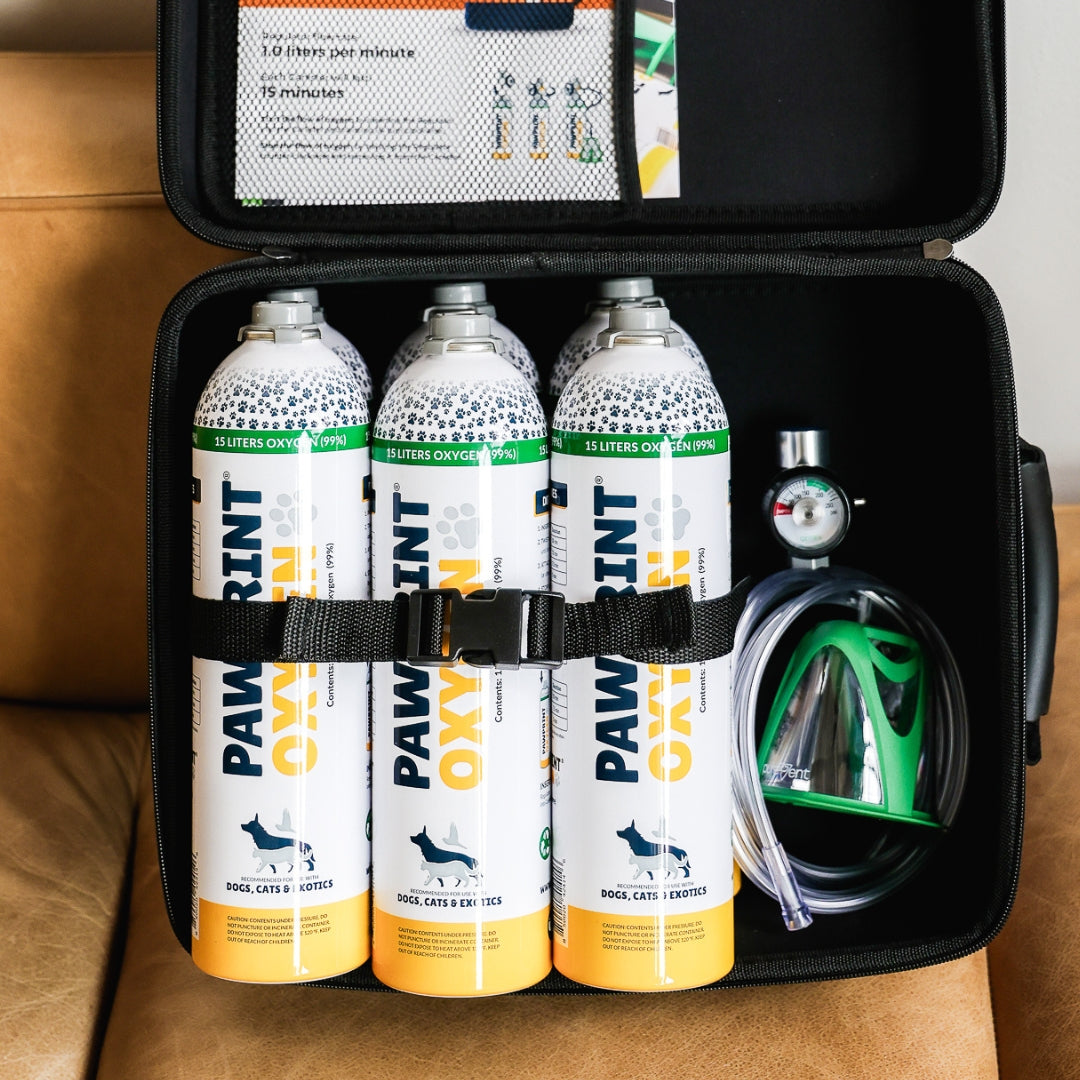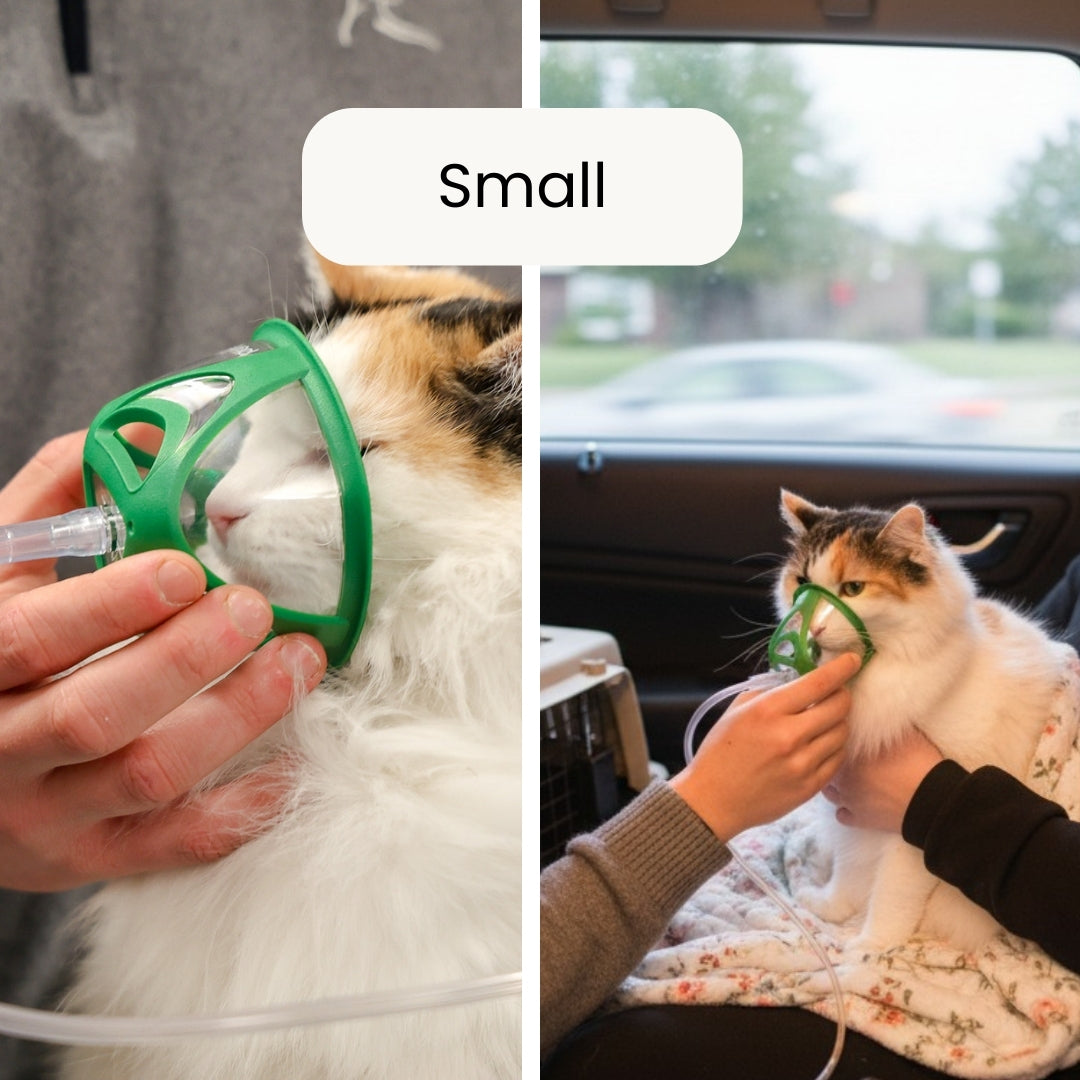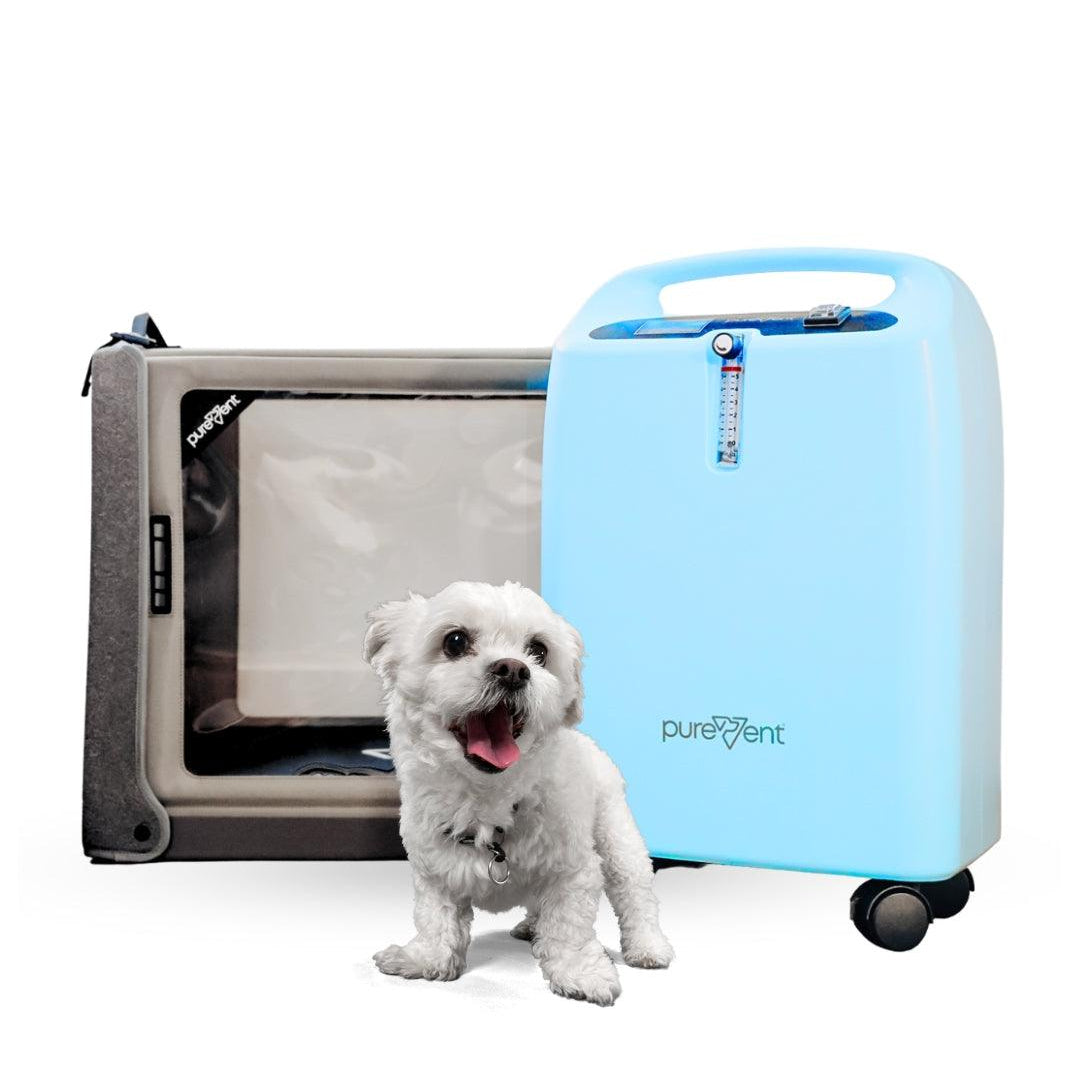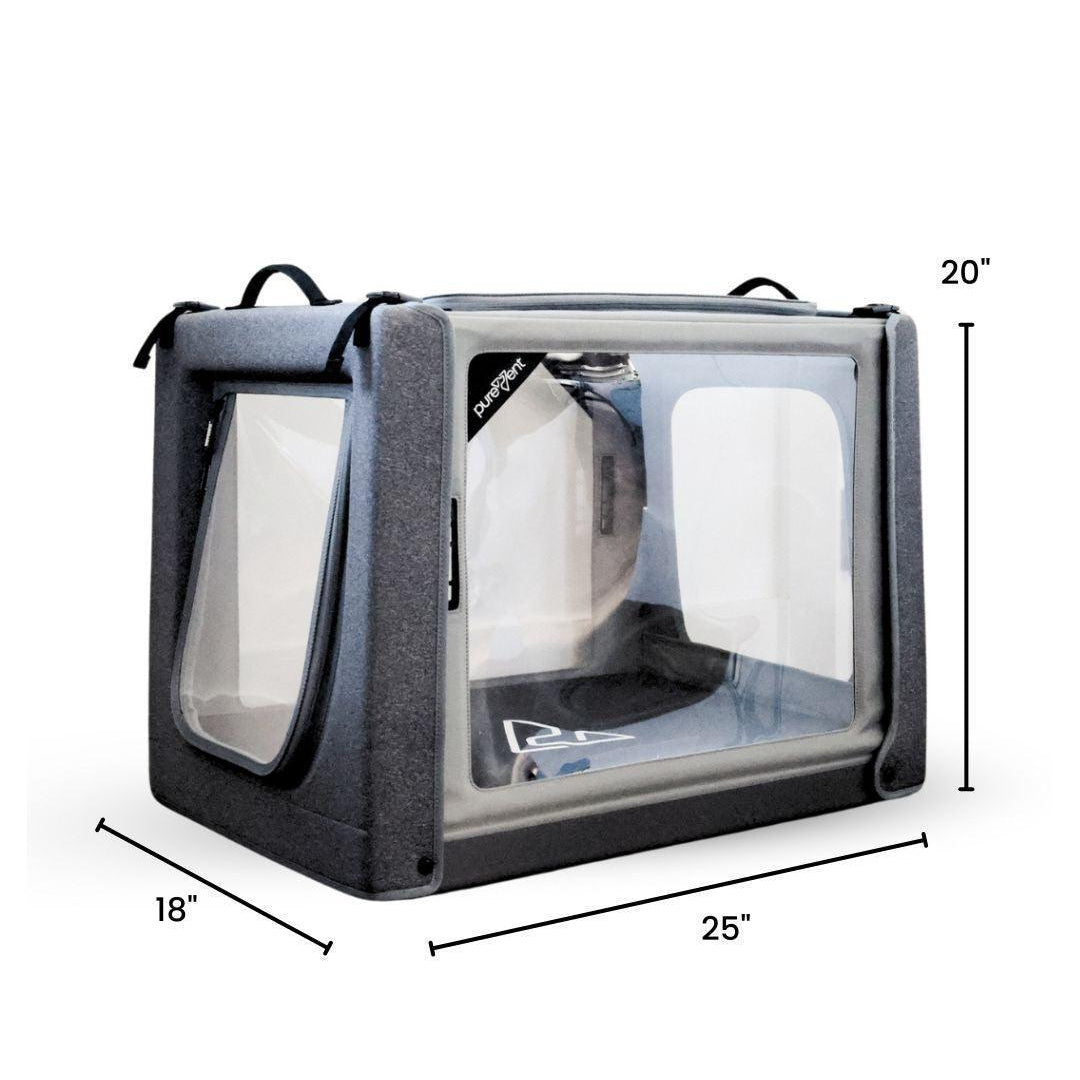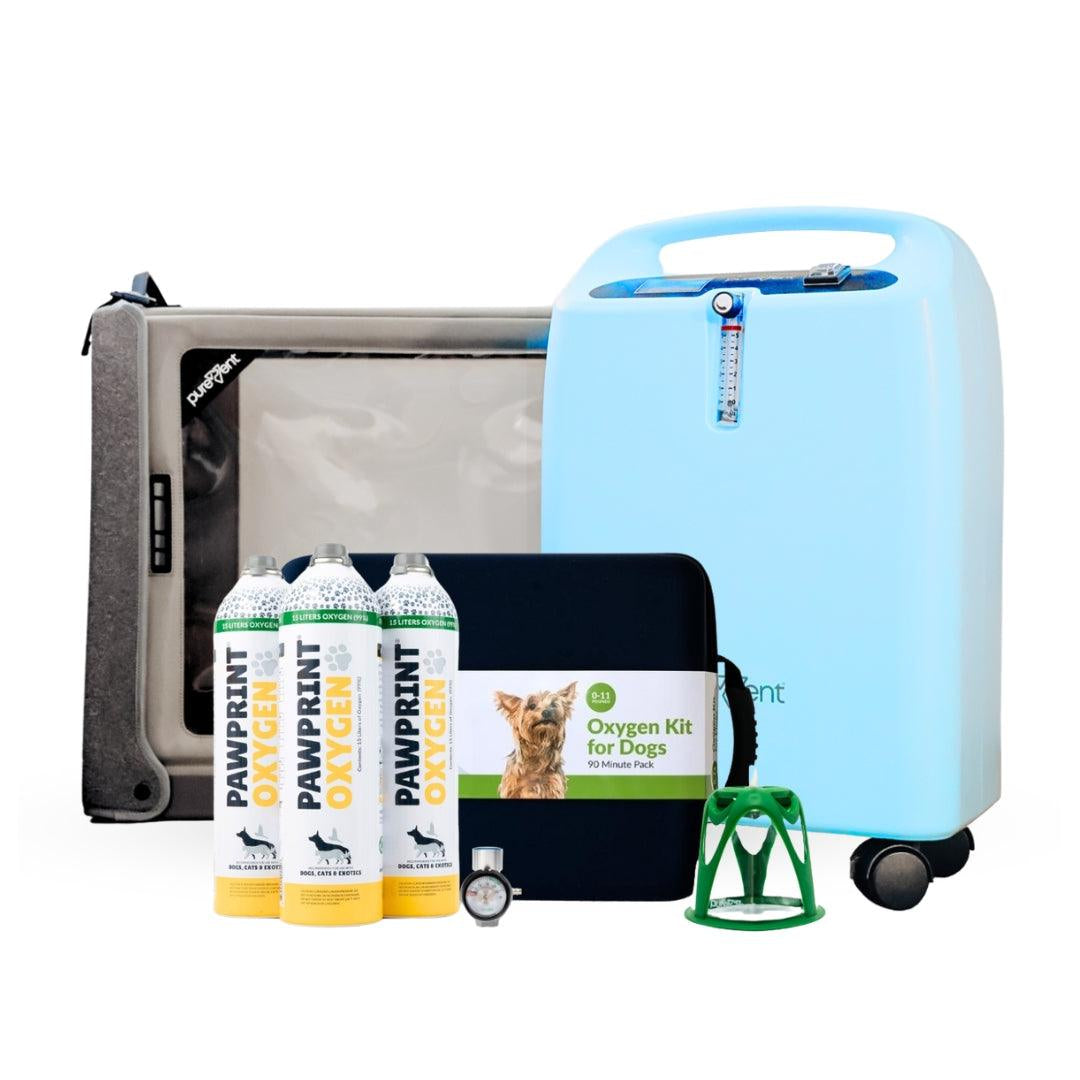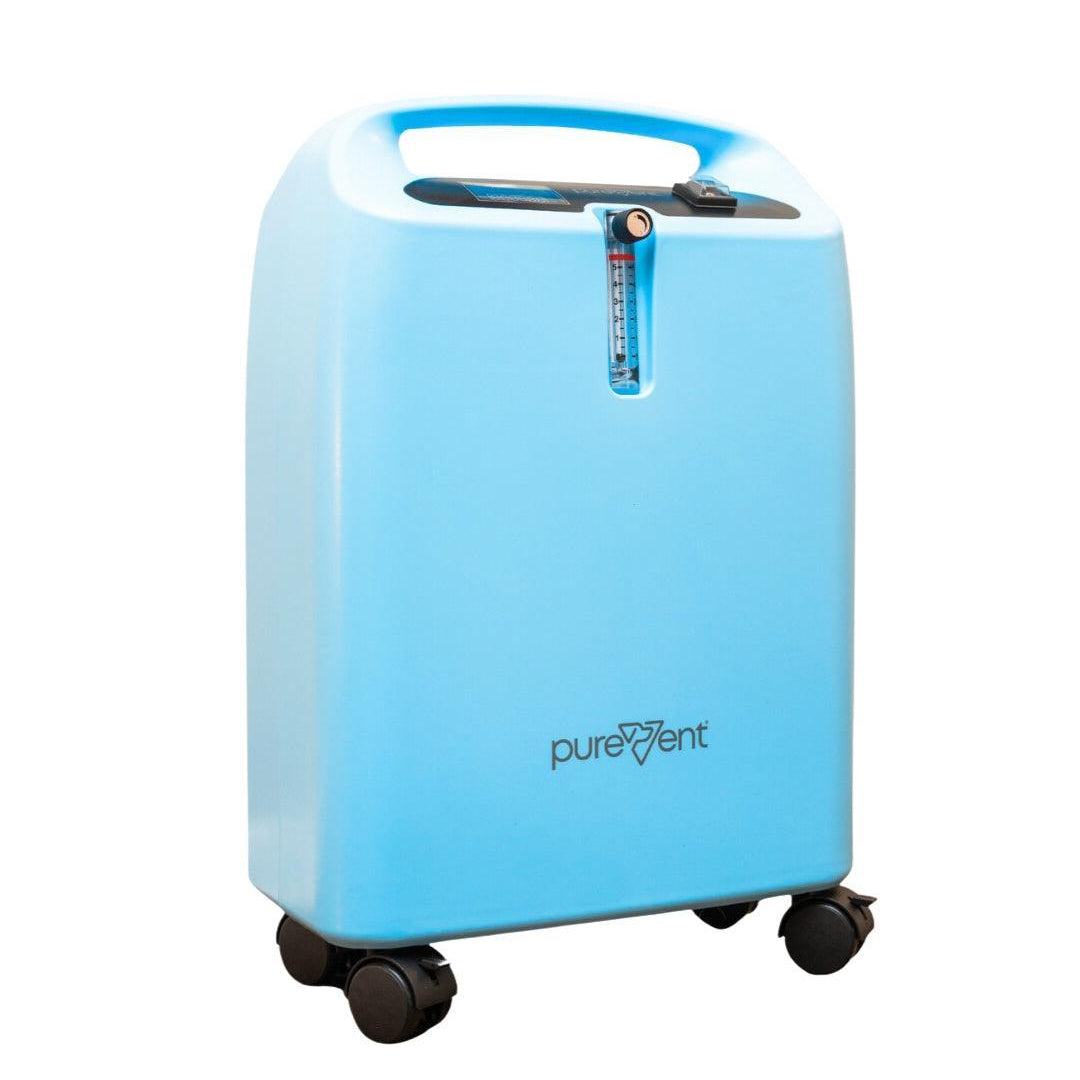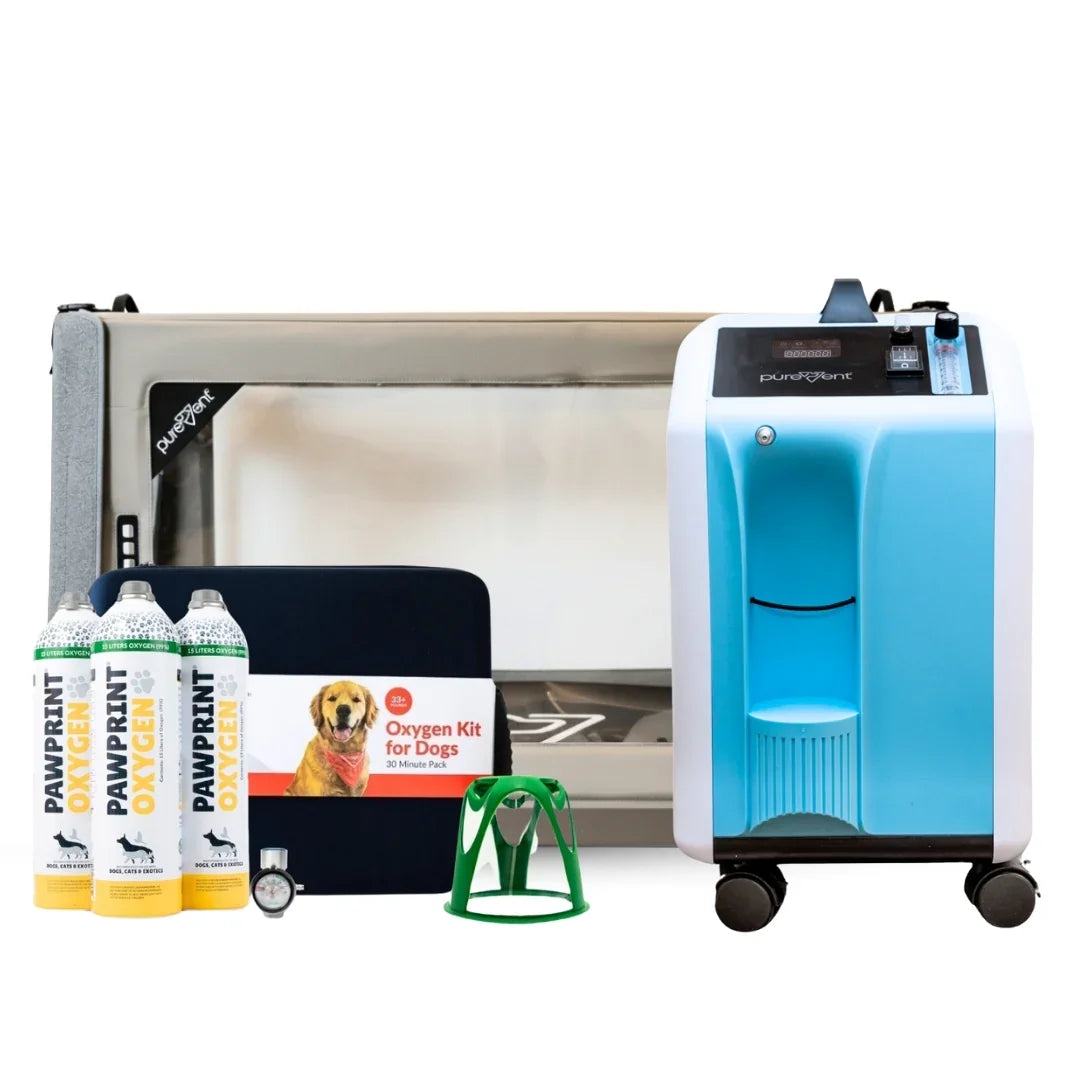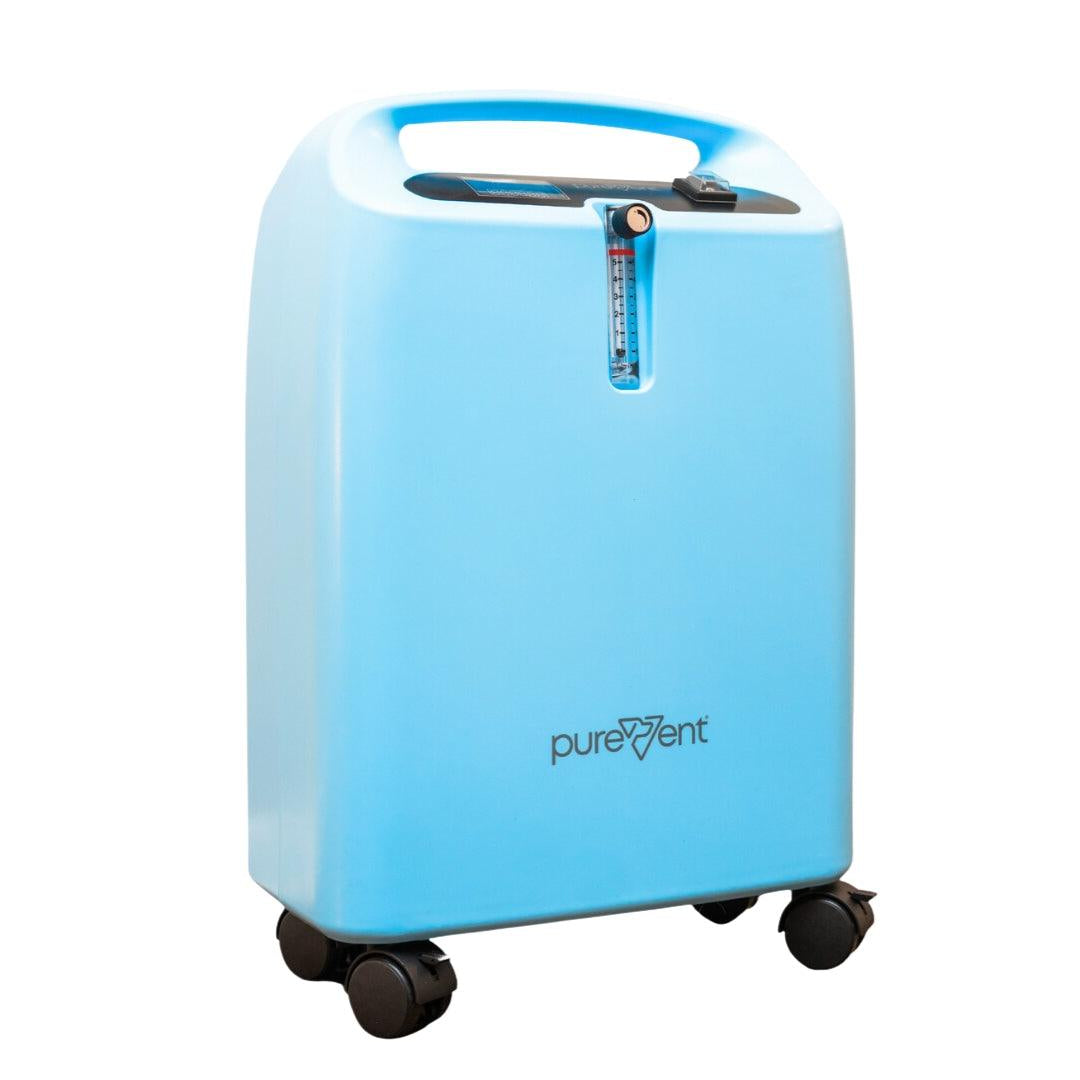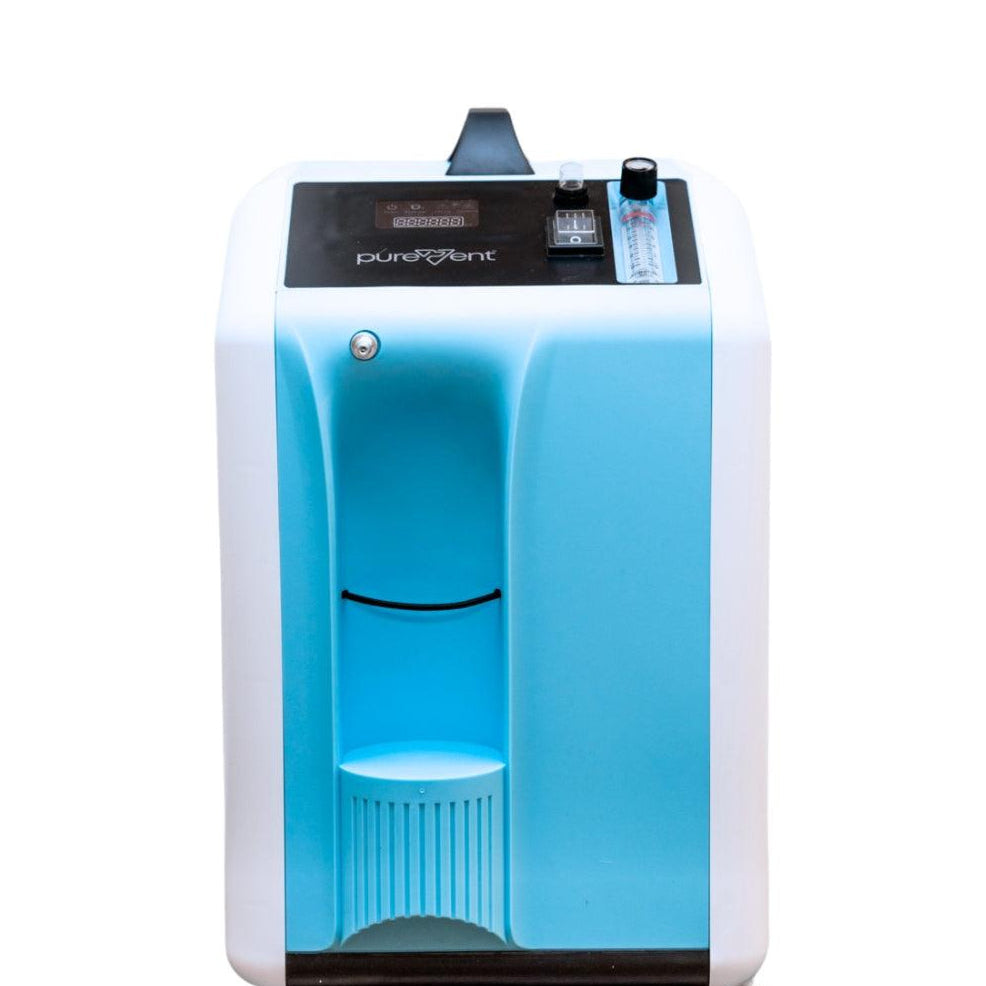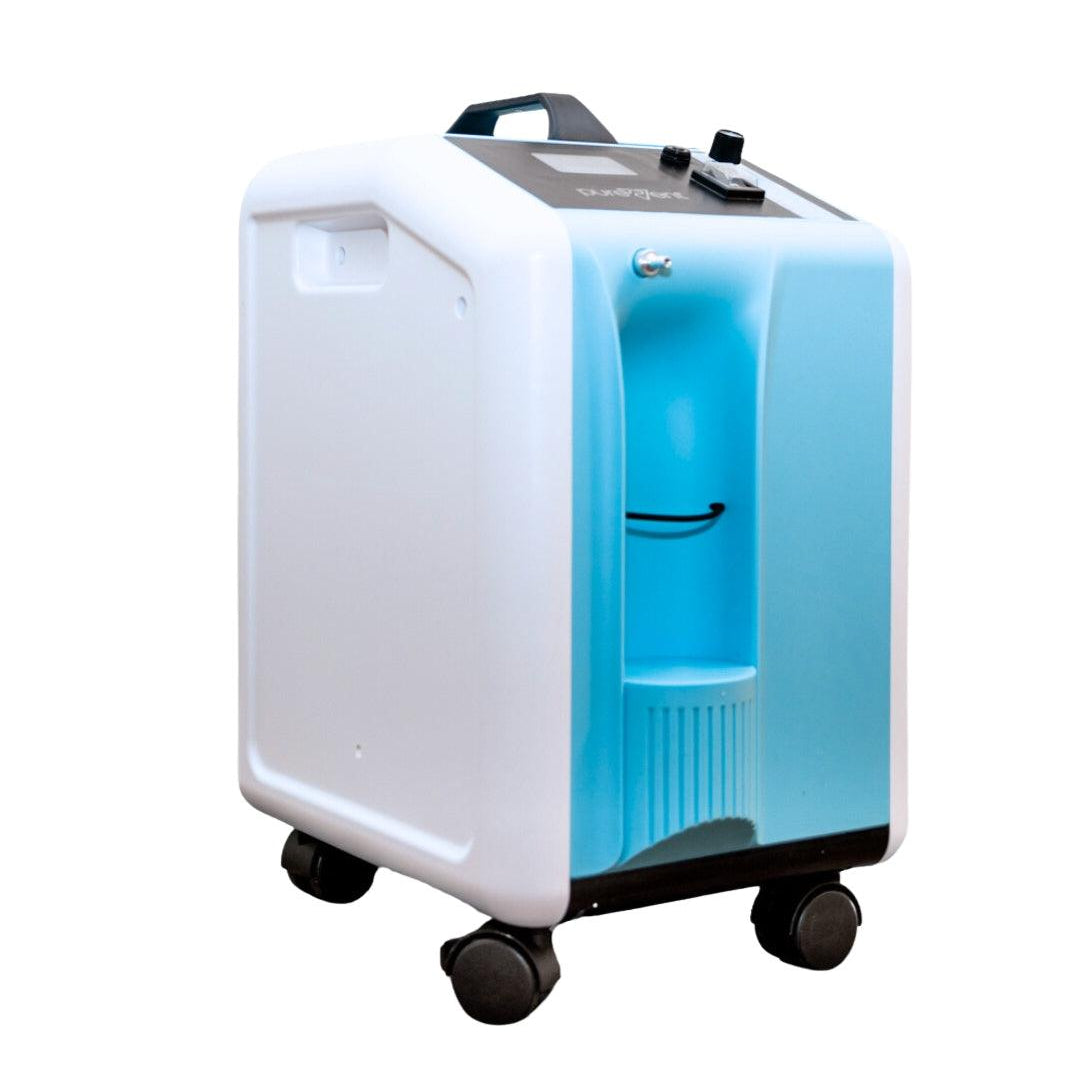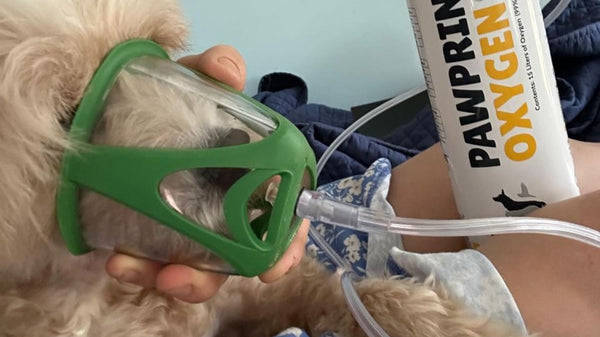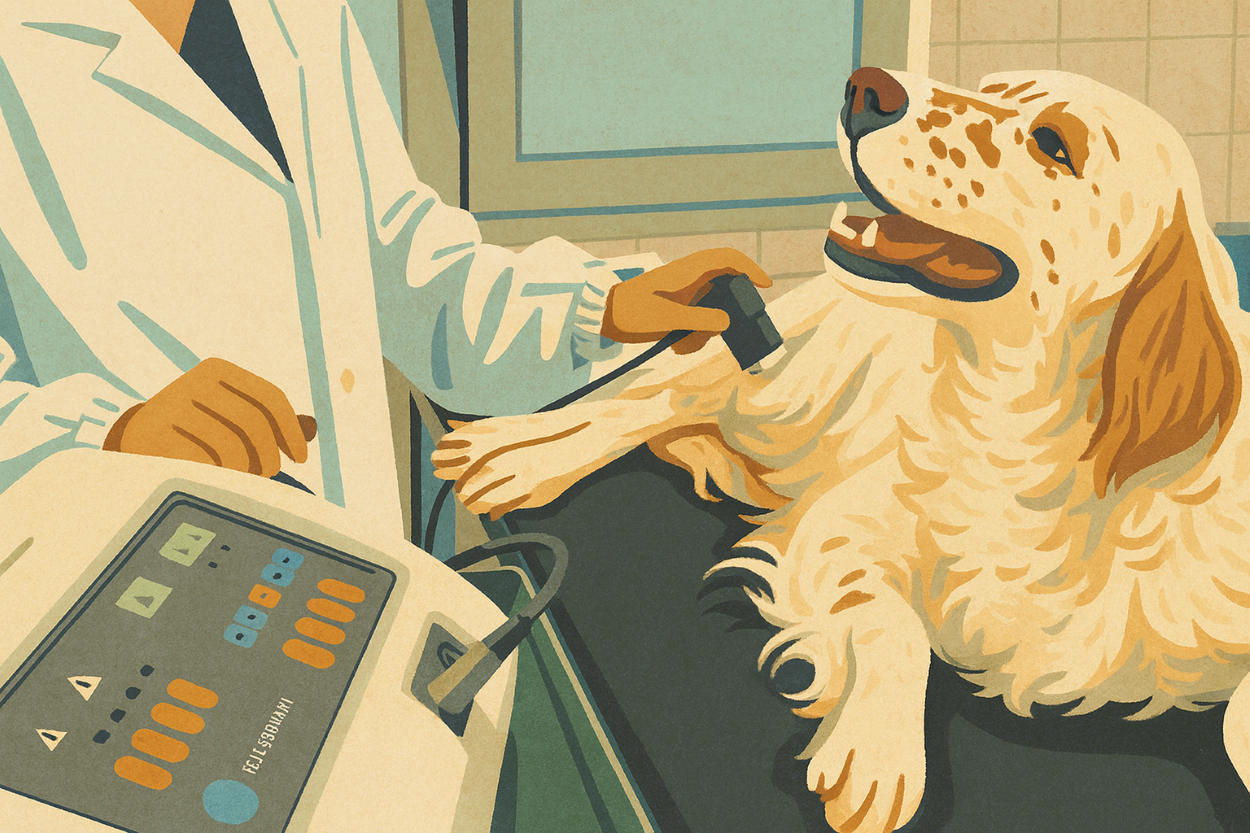Are you concerned about your pet's respiratory health? Monitoring your pet's respiratory rate is an essential way to determine if your furry companion is experiencing any respiratory distress or illness. Understanding how to accurately measure your pet's respiratory rate can give you valuable insight into their overall well-being. In this article, we will guide you through the steps to effectively measure your pet's respiratory rate, empowering you to take proactive measures in caring for their health. Whether you have a dog, cat, or any other type of pet, this article is relevant for all pet owners.
From knowing what a normal respiratory rate is to recognizing abnormal patterns, we will provide you with the knowledge and tools to ensure your pet's respiratory health is always in check. Stay tuned and discover the importance of monitoring your pet's respiratory rate to keep them happy and healthy.
The Importance of Measuring Your Pet's Respiratory Rate
Pets, just like humans, can experience respiratory issues that may go unnoticed without proper monitoring. Measuring your pet's respiratory rate is a crucial aspect of responsible pet ownership. By regularly assessing their breathing patterns, you can detect early signs of respiratory distress and seek appropriate medical attention. Respiratory rate refers to the number of breaths your pet takes per minute and can vary depending on their age, size, and activity level.
Respiratory rate is a key indicator of your pet's overall health and can provide important clues about their respiratory system's functioning. It measures the efficiency of oxygen exchange in their lungs and can help identify issues such as infections, allergies, or even heart problems. By accurately measuring your pet's respiratory rate, you can track any changes that may indicate the presence of an underlying condition and take timely action.
Signs of Respiratory Distress in Pets
Recognizing signs of respiratory distress in your pet is crucial for their well-being. Some common symptoms to watch out for include:
- Rapid or shallow breathing
- Abnormal wheezing or coughing
- Labored breathing, characterized by visible effort or discomfort
- Nasal discharge or sneezing
- Bluish tint on gums or tongue (indicating lack of oxygen)
- Lethargy or lack of appetite
If you notice any of these symptoms, it's important to measure your pet's respiratory rate and seek veterinary attention if necessary.
Dog Oxygen Rescue Kit
Our Oxygen Rescue Kits are designed to help your dog exactly when they need it. You can administer on-the-spot oxygen or oxygen in transport while on your way to emergency care. Dogs needing this rescue kit would likely suffer from more acute health conditions or be in a high-risk category that you'd like to keep a kit on hand to transport them with.
How to Accurately Measure Your Pet's Respiratory Rate
Measuring your pet's respiratory rate may seem challenging at first, but with the right tools and techniques, it becomes a simple process. Here's a step-by-step guide to help you accurately measure your pet's respiratory rate:
- Find a quiet and comfortable space where your pet can relax. Avoid distracting noises or activities that may cause stress.
- Observe your pet's breathing for one minute. Focus on their chest or abdomen rising and falling.
- Count the number of complete breaths (inhalation and exhalation) your pet takes in one minute. You can use a stopwatch or a timer on your phone to keep track.
Repeat the process two to three times to ensure accuracy. Take the average of the recorded respiratory rates for a more reliable measurement.
Tools and Techniques for Measuring Respiratory Rate
To accurately measure your pet's respiratory rate, you don't need any fancy equipment. Here are some tools and techniques you can use:
- A stopwatch or timer: This will help you keep track of time while counting your pet's breaths.
- Observation: Simply watching your pet's breathing pattern can give you valuable information about their respiratory rate.
- Stethoscope: If you want to get more precise results, you can use a stethoscope to listen to your pet's breath sounds. This can be particularly helpful for detecting any abnormal lung sounds.
Remember, the goal is to make your pet as comfortable as possible during the measurement process. Avoid any unnecessary handling or restraint that may cause additional stress.

Normal Respiratory Rates for Different Pets
Normal respiratory rates can vary depending on the species, age, and size of your pet. Here's a general guideline for some common pets:
- Dogs: The normal respiratory rate for dogs is typically between 10 to 30 breaths per minute, with smaller breeds having higher rates and larger breeds having lower rates.
- Cats: Cats usually have a respiratory rate of 20 to 30 breaths per minute.
- Small mammals (e.g., rabbits, guinea pigs): Small mammals generally have higher respiratory rates compared to dogs and cats, ranging from 30 to 60 breaths per minute.
-
Birds: Birds have higher respiratory rates due to their unique respiratory system. The normal respiratory rate for birds can range from 20 to 60 breaths per minute, depending on the species.
It's important to note that these are general guidelines, and individual variations can occur. Monitor your pet's respiratory rate over time to establish their baseline and quickly identify any deviations.
When to Seek Veterinary Attention Based on Respiratory Rate
While it's normal for respiratory rates to vary slightly, certain patterns may indicate the need for veterinary attention. Consider contacting your veterinarian if you observe the following:
- Persistent rapid or shallow breathing that doesn't subside after a few minutes of rest.
- Respiratory rates are consistently above or below the normal range for your pet's species.
- Signs of respiratory distress, such as open-mouth breathing or difficulty breathing.
- Any sudden change or worsening of respiratory symptoms.
Your veterinarian will be able to assess your pet's overall health and provide appropriate guidance or treatment if necessary.
Common Respiratory Conditions in Pets and Their Impact on Respiratory Rate
Respiratory conditions can affect pets of all shapes and sizes. Understanding these common conditions and their impact on the respiratory rate can help you identify potential issues in your pet's health. Here are a few respiratory conditions commonly seen in pets:
1. Upper Respiratory Infections
Upper respiratory infections are quite common in pets, especially in cats. These infections can be caused by viruses or bacteria and can lead to symptoms such as sneezing, coughing, nasal discharge, and difficulty breathing. When your pet is affected by an upper respiratory infection, their respiratory rate may increase as their body tries to fight off the infection. It is important to monitor your pet's respiratory rate during this time to ensure they are not experiencing any distress.
2. Asthma
Like humans, pets can also suffer from asthma. Asthma is a chronic respiratory condition characterized by inflammation and constriction of the airways. Pets with asthma may exhibit symptoms such as coughing, wheezing, and difficulty breathing. During an asthma episode, your pet's respiratory rate may become rapid and shallow. Monitoring their respiratory rate can help you determine the severity of the episode and whether immediate intervention is necessary.
3. Heart Disease
Heart disease can also affect pets, leading to respiratory issues. When the heart fails to pump blood effectively, fluid can accumulate in the lungs, causing difficulty breathing. Pets with heart disease may have an increased respiratory rate, as their body tries to compensate for the decreased oxygen supply. Monitoring your pet's respiratory rate can provide insights into the progression of heart disease and help you manage their condition more effectively.
4. Allergies
Pets, just like humans, can suffer from allergies. Allergies can manifest as respiratory symptoms, including sneezing, coughing, and difficulty breathing. During an allergic reaction, your pet's respiratory rate may increase as its body tries to expel the allergen. Monitoring their respiratory rate can help you identify triggers and take necessary steps to minimize their exposure to allergens.
5. Lung Infections
Lung infections, such as pneumonia, can occur in pets and affect their respiratory rate. These infections are often caused by bacteria or viruses and can lead to symptoms such as coughing, difficulty breathing, and lethargy. Monitoring your pet's respiratory rate can help you track the progression of the infection and determine if medical intervention is required.
It is important to note that these are just a few examples of common respiratory conditions in pets. If you notice any changes in your pet's respiratory rate or behavior, it is always advisable to consult with your veterinarian for a proper diagnosis and treatment plan.

